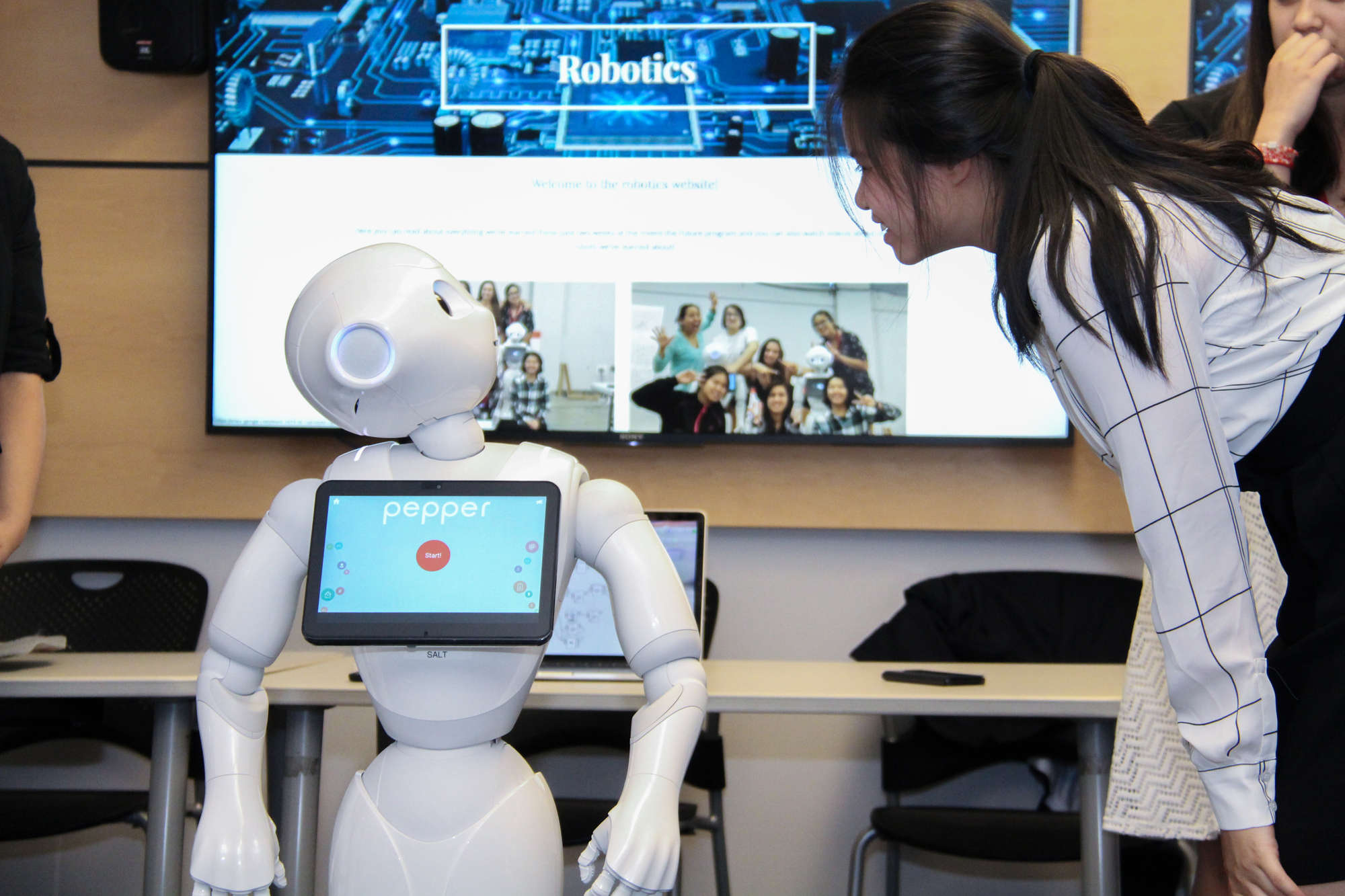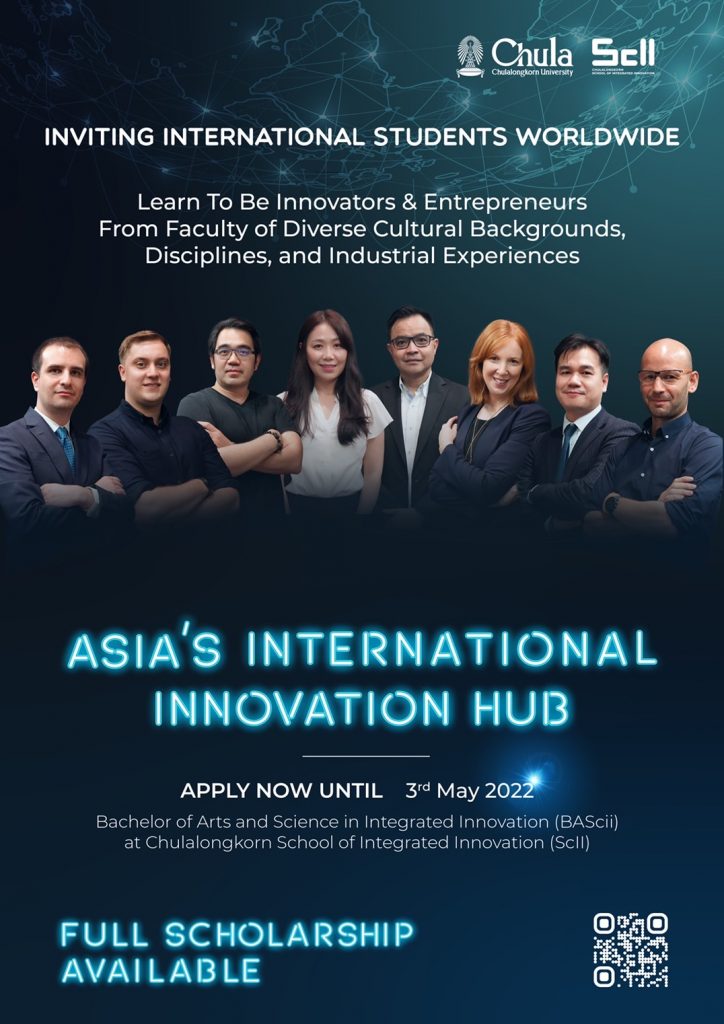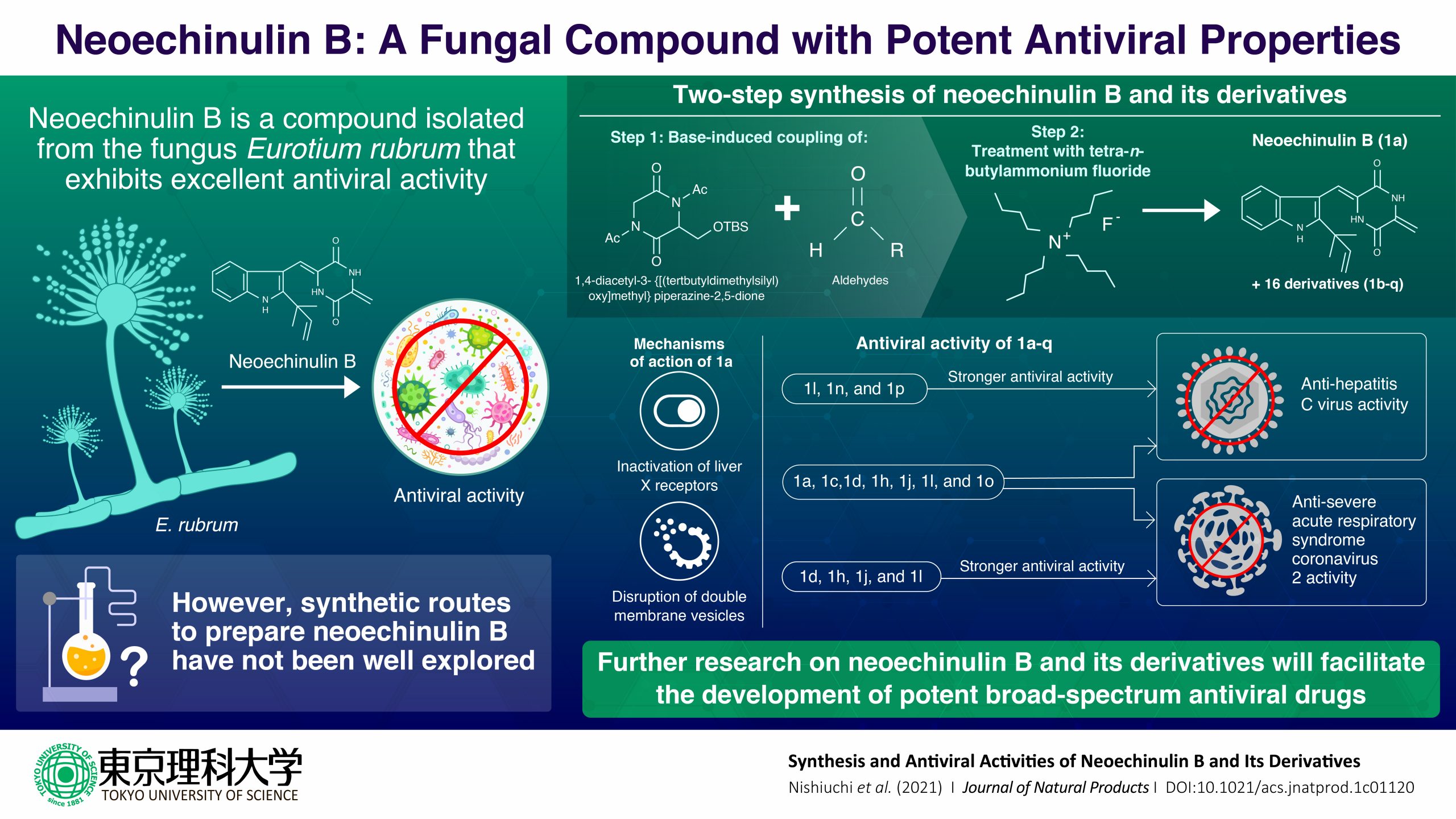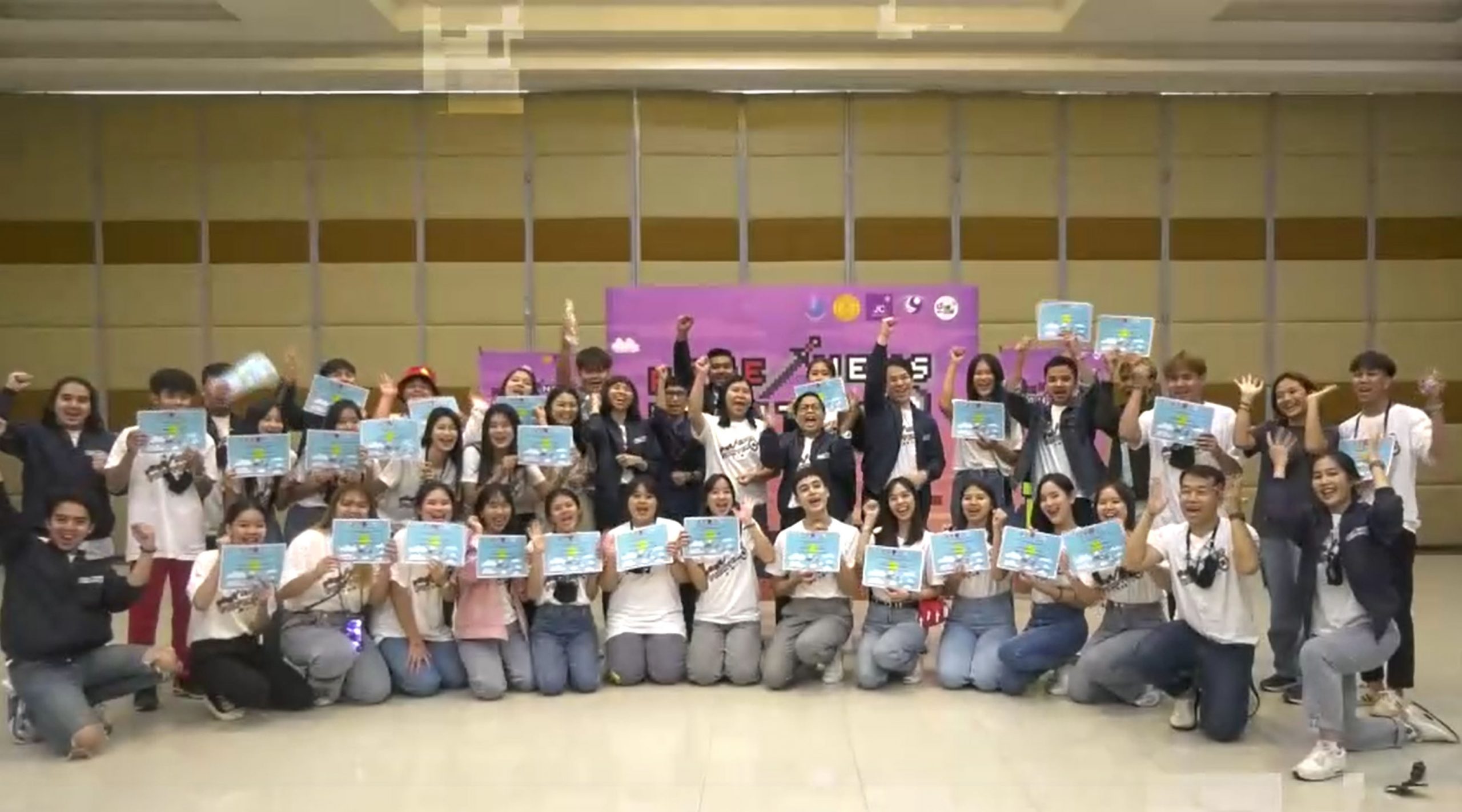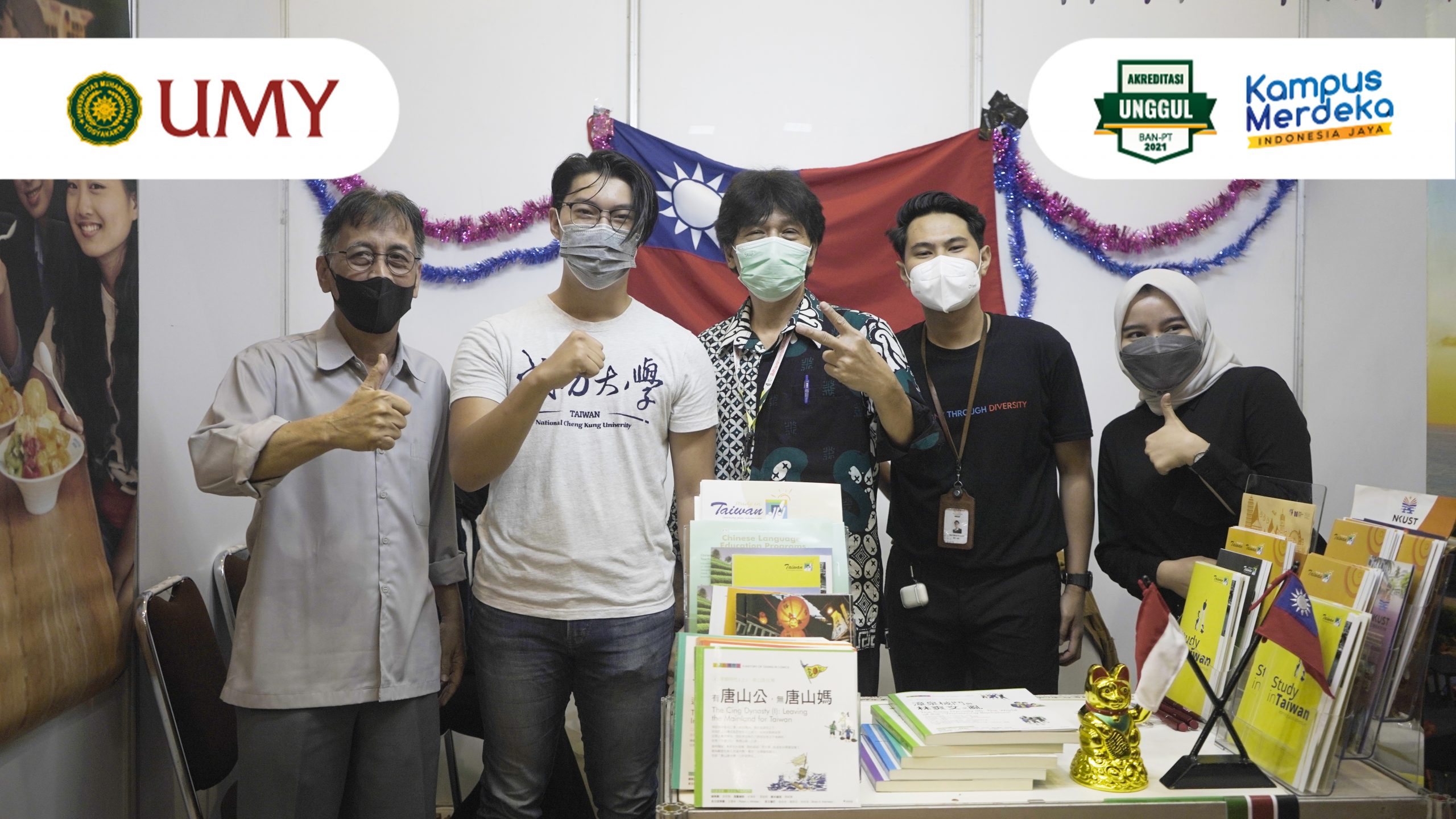Simon Fraser University’s Invent the Future is Canada’s first and only summer enrichment program focused on bringing Artificial Intelligence (AI) expertise, community, and mentorship to young women in grade 9 to 12. During this AI scholars program, participants from across Canada work on team projects and connect with mentors and industry experts in a supportive yet challenging environment.
The program is hosted in association with AI4ALL, a non-profit organization working to increase inclusion and diversity in the field of AI. SFU was one of six universities participating in AI4ALL’s official rollout in 2018 and is the only participating university in Canada.
The program normally takes place in person at SFU’s Burnaby campus, but given the challenges of COVID-19, has taken place virtually since 2020, which has in fact allowed the program to attract participants from locations outside of British Columbia. “We’re thrilled that the virtual format allowed us to reach more students than ever before,” says program co-director and computing science professor Angelica Lim.
Despite the format change, the goals of the program remained. “We wanted to maintain four main goals of our program: building community, meeting role models, gaining expertise in AI and developing a portfolio project,” says Lim. To ensure the program was accessible for all participants, the organizers provided laptops to those who needed it.
While some students join the program with previous experience with AI, others are just getting started in the field. “It’s a really inclusive community where no one judges you if you don’t know certain things,” says Geri Vaflor, a participant who moved to Vancouver from the Philippines just a few months ago. “We’re here to learn, not to compete.”
The community aspect is what encourages alumni mentors like Helen Geng to give back to the program by sharing their knowledge with the participants. “I just want to be in an environment where I’m surrounded by like-minded people,” says Geng, who did not have prior experience with AI before joining the program in 2019. She is now preparing to study biomedical engineering at the University of Minnesota and says that she was influenced by the Invent the Future program when choosing her research path.
This influence can be attributed to the AI research and industry experts that the participants hear from as part of the program. Many of these talks are shared publicly as part of the program’s AI Week lecture series and also serve to show the participants what the future could have in store for them.
“If you go to people that are younger and show them that this can be in their career path, you can change who gets to go to grad school and who gets to be an amazing researcher,” says Sanja Fidler, a professor at the University of Toronto and presenter during the event. “This is the way that the Invent the Future program is changing the world.”




